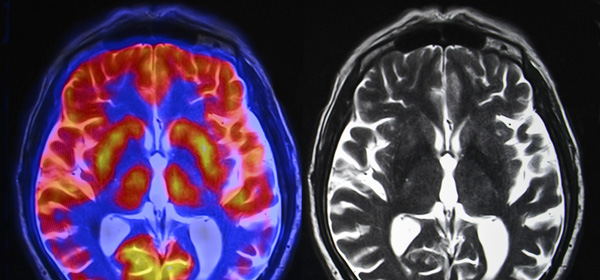Australian researchers say they have made a breakthrough in Alzheimer’s research that points towards a potential therapy to slow, if not stop, the progression of the brain disease.
Florey Institute and CSIRO researchers discovered a link between higher levels of brain iron, the presence of Alzheimer’s protein amyloid, and poorer memory and language skills.
Scientists have long known that the slow build-up of a substance known as amyloid in the brain determines whether people will eventually experience Alzheimer’s disease.
A potential therapy using existing drug deferiprone will soon be trialled in Australia’s major cities.
Analysis of MRI brain scans of 117 participants of the Australian Imaging and Biomarker lifestyle (AIBL) study now suggests the presence of high levels of iron in the hippocampus acts together with amyloid to speed up the disease’s progression.
The Australian researchers showed that about 30 per cent of people in their 70s have high levels of amyloid in their brain, but confusingly, some retain all their cognitive faculties much longer than others.
Six years ago, 117 AIBL participants had amyloid protein and brain iron measured using brain scans. Every 18 months since, their mental faculties were tested. The researchers used this data to see whether brain iron and amyloid can predict people’s cognitive performance.
“Cognitive abilities like short-term memory, executive function and language ability declined much faster in people with high brain iron levels and high amyloid levels, even if they were otherwise healthy, than those with low brain iron who were also amyloid positive,” according to the Florey Institute’s Dr Scott Ayton.
Although this study used correlations between iron, amyloid and cognitive performance, and thus iron can not yet be called a ‘causative’ agent in Alzheimer’s disease, the results make compelling biological sense.
Higher iron levels in the hippocampus of amyloid-positive people predicted worse performance on a series of short-term memory tasks. The hippocampus, curiously enough, is where our short-term memories are created and stored.
Our powers of language are mainly centred in our temporal and frontal lobes and higher iron in these brain regions predicted poorer performance in language-based tasks.
“These results suggest that iron acts together with amyloid to speed up the Alzheimer’s disease process. Those individuals with high amyloid but low iron will also eventually go on to develop Alzheimer’s disease, but much later than their high-iron counterparts” says Dr Ayton.
Related articles:
Could cannabis stop cognitive decline?
What causes Alzheimer’s disease?
Five myths about Alzheimer’s

